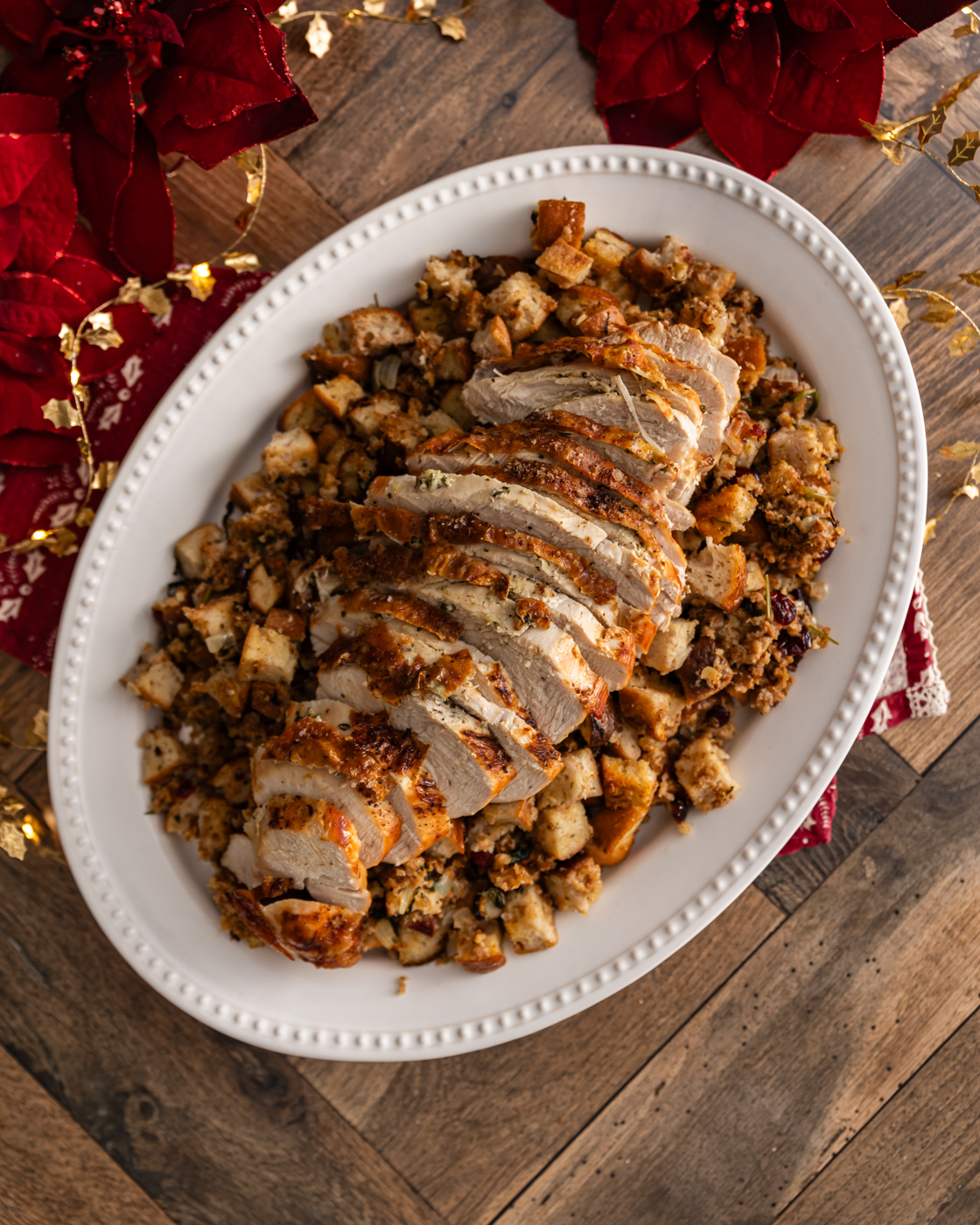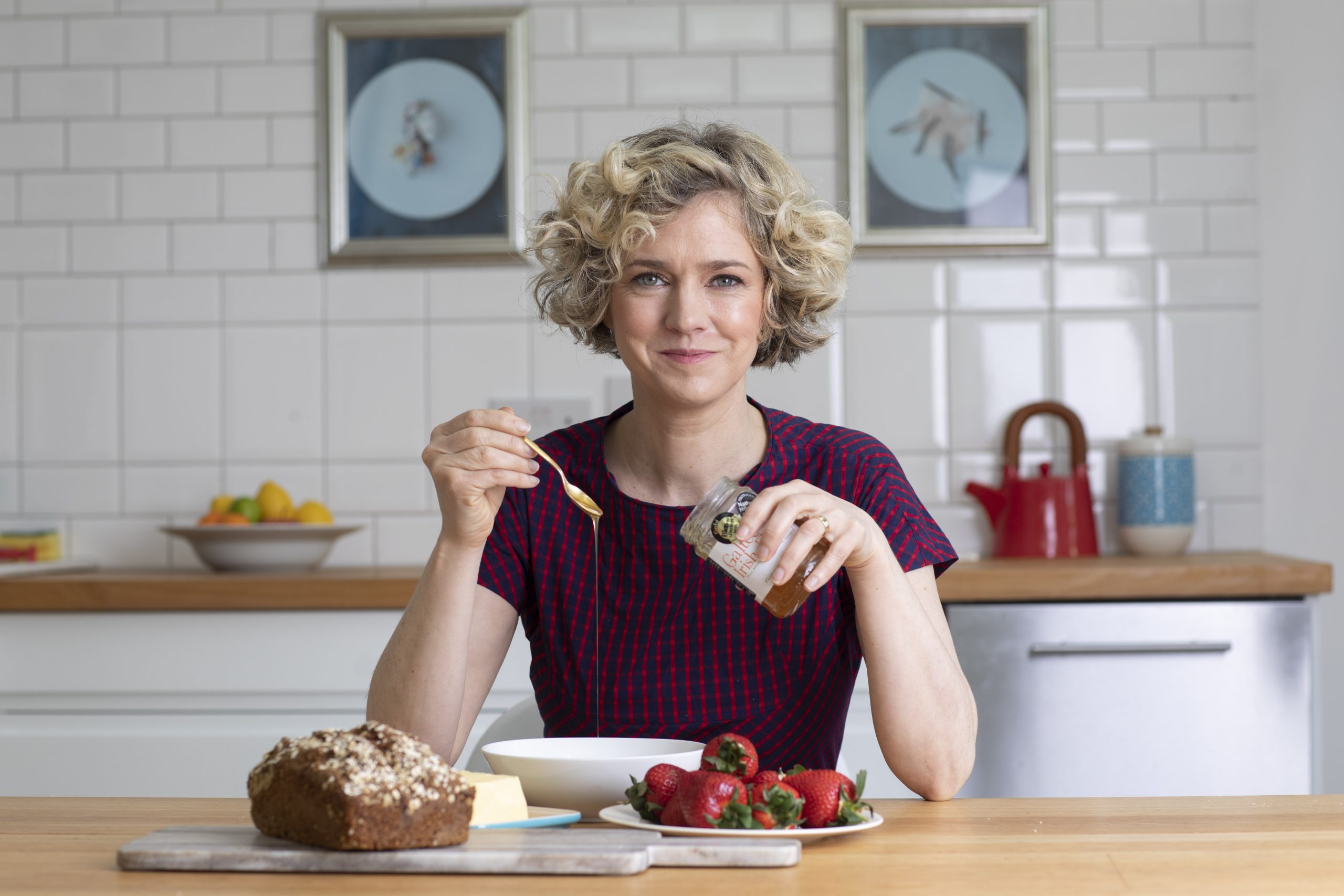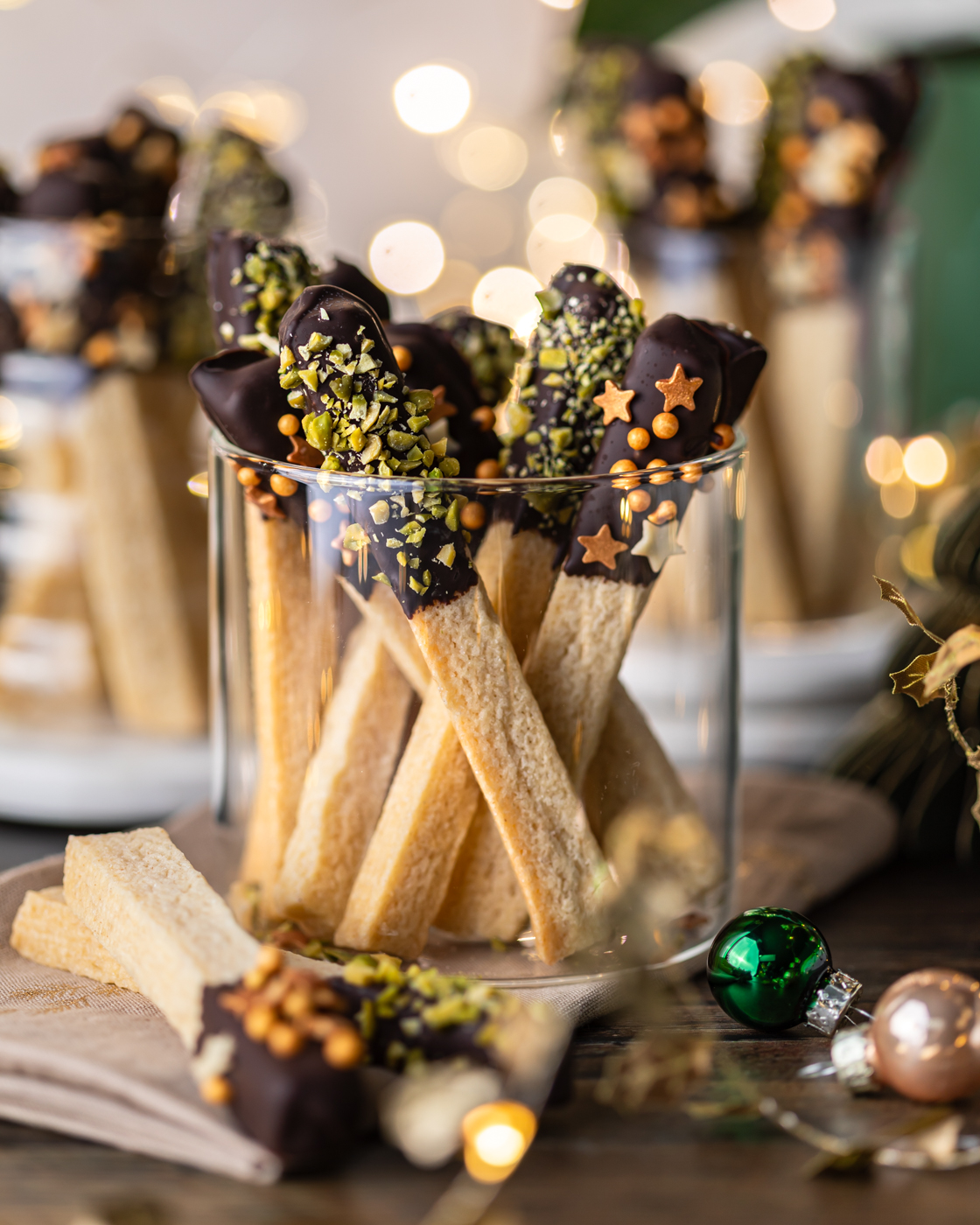
From Seed to Supper with Dr. Michelle Darmody
Mon Sep 09 2024

Dr Michelle Darmody has written a children’s book which deals with complex topics such as tackling climate change, food marketing, eating sustainably and food waste, but the message is delivered through fun DIY activities, easy-to-make recipes, interesting antidotes, and beautiful illustrations by Ruth Graham. Though the target audience is nine to twelve year olds this book is packed with so much information and thought-provoking tips it’s a must-read for children and adults alike. Nessa Robins caught up with Michelle to discuss her wonderful new book, the inspiration behind it, and why food education is so vitally important in today’s world.
Did you grow up in a food-orientated family, Michelle?
Yes, the table was the centre of our home growing up. We ate together as a family every day for breakfast and dinner. There were seven of us but my mother always managed to put a home cooked meal on the table and there was usually something baking in the oven. My dad enjoyed the adventurous side of cooking and would cook up more elaborate dinner party meals or try out new things using ingredients that were hard to find in 80s Ireland. I remember trips to Mr Bells in the English Market for some of the ingredients.
Who instilled your love for food?
Family primarily. I love the adventures food has taken me on and the travelling it has allowed me to do. I have worked in restaurants or visited food producers in many different countries.
Are there any recipes you enjoyed as a child that you still like to make today?
The smell of baking soda bread will instantly transport me back to my childhood. I still make it regularly for the smells in the kitchen as much as for the bread. I also love the sweet earthy smell of blackberry jam bubbling on the stove, it reminds me of hours picking the berries in the warm sun. The end of summer blackberry bounty was also used to make crumbles or simply stewed for a compote to top porridge or yogurt.
Was there a family member, public figure, cookbook author or chef who inspired or encouraged you to follow your passion for food and writing?
There were many. What most inspired me was the care they took with the provenance of ingredients rather than flashy cooking, Alice Waters for example. Or even though not focused on food directly, the writing of Rachel Carson was hugely influential. Reading Silent Spring made me think deeply about how food production has shaped the natural world and how we need to create change.
What compelled you to write Seed to Supper?
My interest in sustainability, food and education are all brought together in Seed to Supper. I completed a PhD in Culinary Arts in TU Dublin which focused on food education. I worked directly with hundreds of school children over a five year period and learned a huge amount from them. I enjoyed seeing what was of most interest and these interactions influenced the book greatly.
Do you feel there should be a greater emphasis on food education incorporated into the primary school syllabus? If so, what recommendations would you like the Department of Education to put into place?
Yes is the simple answer, how to do it is the more complicated issue. Teachers and schools are quite overloaded so it is a matter of weaving food education into an already crowded day. I think one of the main ways this can be done is through CPD training for teachers and for the Dept of Education to emphasise to teachers that food is important, to give teachers the agency and the know-how to use food as a tool to teach. Children need not only to be taught how to prepare food but to be given the critical ability to navigate today’s food environment. There is also a missed opportunity to use school meals to impart knowledge about where food comes from, to serve fresh nourishing meals that highlight the importance of why and how we share food together.
How did you choose which recipes to include in Seed to Supper?
Similar to why I was compelled to write the book, the recipes were very much influenced by what the children I worked with were interested in making. Within a classroom setting things had to be adapted and simplified and this worked well for many children. I also wanted to create a link between the garden and the kitchen. The recipes feature herbs or vegetables that can be grown at certain times of the year.
Is there a dish everyone young and old should know how to cook?
Something like the magic tomato sauce is a handy one. (We’ve included the recipe below)
It is a good learning exercise for young people as you need to learn some foundational building blocks such as, to chop, season and sauté. It also shows children that cooking can be adaptable and experimental – which for me is a great joy. With this one recipe lots of possible dinners open up, like pizza, pasta, chilli, shepard’s pie, etc.
Have you any tips for parents and caregivers on how to encourage the love of food amongst children who are typically labelled as ‘fussy eaters’?
Children are ‘fussy’ for so many different reasons and many of these reasons are complex. Each child and family will have a different relationship to food and children have different reasons for not wanting to eat certain foods. One way to help may be to familiarise a child with foods by putting food out on the table even if they are not expected to eat them. They can touch and smell and get familiar with the food in other ways using their other senses and build up to tasting. Another way is to lead by example. If a child sees those around them eating a varied diet there is a time when many children will begin to eat more themselves. I would suggest mainly to have fun at mealtimes and try not to create stress, although that is so difficult if you are worried about your child.
What’s the best piece of advice you could give to anyone who would like to start eating more sustainably?
Your culture, budget and time will affect many of your food choices, and food, like life, is complicated, but the research does say that a diet rich in vegetables and grains is better for the planet. I would also advocate being mindful of where your food comes from, eating a balanced diet of many natural colours, eating fish and meat that is sustainably caught or reared. It is also more environmentally friendly to stay away from food that has been overly processed, or is reliant on travelling long distances and been heavily packaged. Cutting down on food waste within your home is also a big factor.
Seed to Supper, published by Nine Bean Rows, is out now in all good bookstores, indie retailers and on Nine Bean Rows’ website, priced at €20.
Magic tomato sauce recipe:
This magic tomato sauce can also be used in the chilli, for topping a pizza or tossing through pasta with grated cheese and some fresh basil. Makes about 600ml
Ingredients:
- 1 medium onion
- 1 small carrot
- 3 garlic cloves
- 1 tablespoon olive oil
- 1 x 400g tin of chopped tomatoes
- 1 tablespoon tomato purée
- 2 teaspoons honey or golden caster sugar
- salt and pepper
Method:
1. Peel the onion and carrot, then chop them into small dice.
2. Peel and crush the garlic cloves using a garlic crusher.
3. Pour the oil into a frying pan that has a lid. Put the pan on a medium heat on the hob. When the oil is hot, add the onion and carrot and sauté until the onion is see-through. This means keeping the temperature low and allowing the vegetables to cook slowly for 5 minutes. You can pop the lid on as they sauté – it will keep them moist. Just stir them every now and then.
4. Add the garlic and cook for about 3 minutes.
5. Stir in the tin of tomatoes, the tomato purée and the honey or sugar. Add 1 tablespoon of water to the empty tomato tin and swirl it around to rinse out the tin, then add the water to the pan. Season with salt and pepper to taste.
6. Put the lid back on the pan, reduce the heat to very low and allow the sauce to bubble for about 15 minutes.
7. Blitz the sauce with a soup gun or in a blender until smooth. It’s now ready to use however you like.
8. Once the sauce has cooled completely, store it in the fridge. It will last for up to a week in an airtight container. If you would like to freeze some of your sauce to use later, it will last for up to a month in an airtight container or bag in your freezer.







